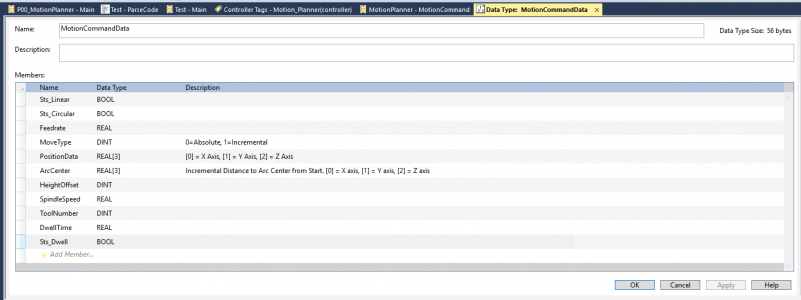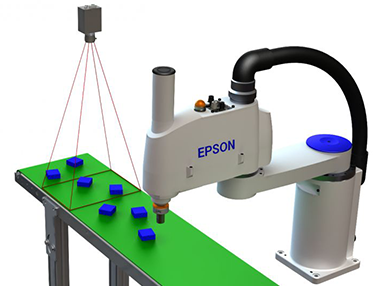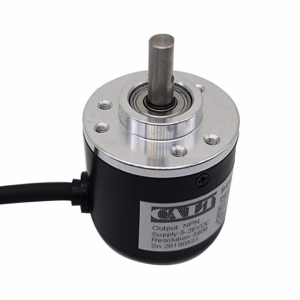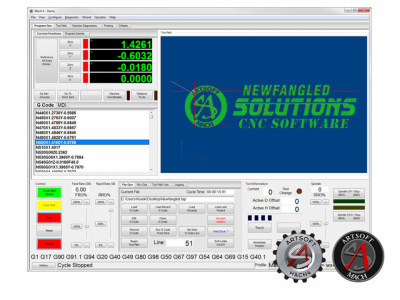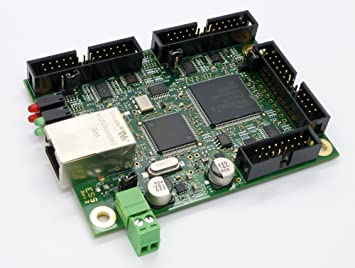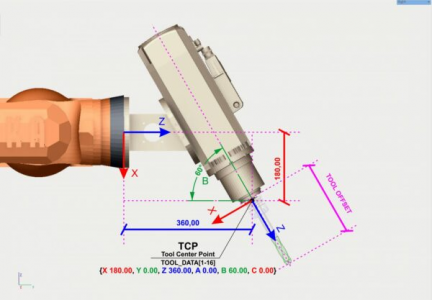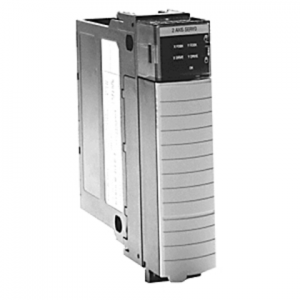- Joined
- Mar 26, 2018
- Messages
- 2,724
I've ALWAYS been impressed with the ability of robot controllers to do the coordinate conversions required for cartesian motions and linear (or other path) interpolations - in real time!!! It really illustrates the computation speed of computers (even the ones 20 years ago, when your robot was built). As with others, I've been "lightly" following your fascinating build, but you've definitely left ne in the dust with respect to many of the details.
Congratulations on the first functional test!
It really amazes me that this can be done. I have to imagine the first guys trying to make robots work would have run into the difficulty of the task and I cant believe they didn't say this was more effort than it is worth.
I'm standing on the shoulders of giants here. Someone has pretty much done all the work of the inverse kinematics for me in the PLC. Granted it all needs to be set up correctly and I need to write a program to tell it what to do, but still all of the "hard" stuff is done behind the scenes. I tried learning all the math on my own about two years ago. I got through deriving the kinematic equations and the multiple inverse kinematic solutions, but that only tells you what position to move the joints to give a specific XY position. Beyond that, velocity and acceleration control, the actual path planning, etc. was beyond me.
I always picked on my computer science buddies in college ( I did Mech E. and EE) for having to take linear algebra, but now I do regret not taking it. The math for robots is laid out in matrices and I would have had a much easier time with the math if I had formally learned it.
Not sure if I mentioned it earlier, but if anyone comes along this thread and is really interested in robotics, the textbook "Introduction to Robotics: Mechanics and Control" by John J. Craig is excellent. It gently introduces you to the subject in the first few chapters with some simple robot configurations and basic math. By chapter 4, you are solving full kinematic solutions to robots (I spent nearly 3 months getting through that chapter). It goes on to cover Jacobians (velocities in robots), trajectory generation, singularity avoidance, linear and non linear control of an actuator, force control of a robot, and some robot programming (which I expect to be a bit out of date for modern robots). I really wanted to finish this book but lost focus since I didn't have a real robot to mess with yet. I would enjoy jumping back into it if I ever find myself with free time (haha).


